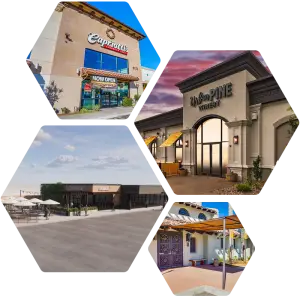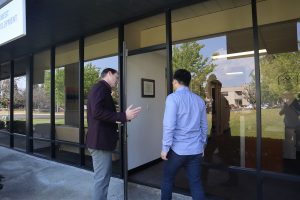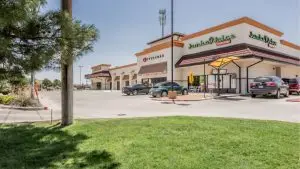In recent years, large retail centers have faced heavy disruption driven by the rapid rise of e-commerce and evolving consumer preferences. Where once shoppers visited malls and strip centers as the go-to destination for a range of needs, today’s customers expect seamless, digital-first experiences that don’t require leaving their homes.
This shift has led to increasing vacancy rates and uncertainty for property owners, brokers, and investors. But instead of seeing this as a decline, many are recognizing it as an opportunity. The solution is called adaptive reuse retail centers, a strategic way to repurpose outdated properties into thriving, multi-use destinations.
Why Adaptive Reuse Is the Future of Retail Real Estate
The traditional retail model has changed, but the need for well-located, flexible real estate remains. Investors and developers across the country are capitalizing on this by repurposing underperforming retail centers into vibrant, income-generating assets. Adaptive reuse involves reimagining existing structures for new uses that reflect current market demands.
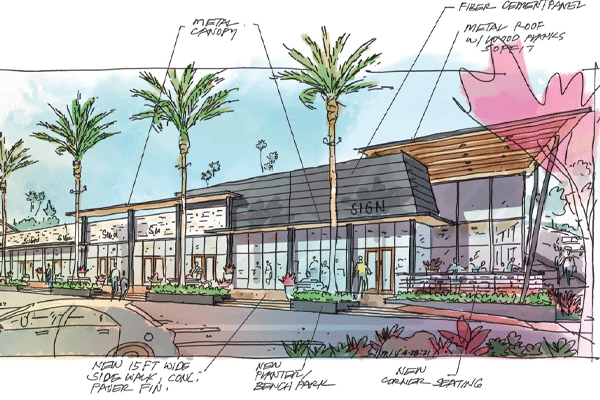
What Adaptive Reuse Retail Centers Can Become
Vacant big-box stores and outdated strip malls are being reimagined into:
-
Healthcare & Medical Offices: Outpatient clinics, urgent care centers, and wellness hubs
-
Logistics & Distribution Centers: Last-mile delivery facilities for e-commerce brands
-
Office & Co-working Spaces: Especially for suburban professionals seeking flexible work locations
-
Life Science & Educational Facilities: Institutions looking for large, accessible footprints
-
Mixed-Use Developments: Combining residential, retail, dining, and lifestyle amenities in a single location
These adaptive reuse retail centers not only preserve the core value of well-situated retail assets, but unlock new tenant opportunities and income streams.
How to Reposition a Retail Asset Successfully
Smart repositioning starts with understanding the highest and best use of your property, based on surrounding demographics, zoning flexibility, and unmet community needs. For example:
-
E-commerce Partnerships: Vacant inline or anchor spaces can serve as micro-fulfillment centers or customer pickup hubs
-
Residential Integration: Converting portions of large sites into housing in underserved urban or suburban infill areas has proven to drive value and revitalize communities
-
Public-Private Collaborations: Working with municipalities can ease re-zoning, incentivize redevelopment, and align your project with broader revitalization goals
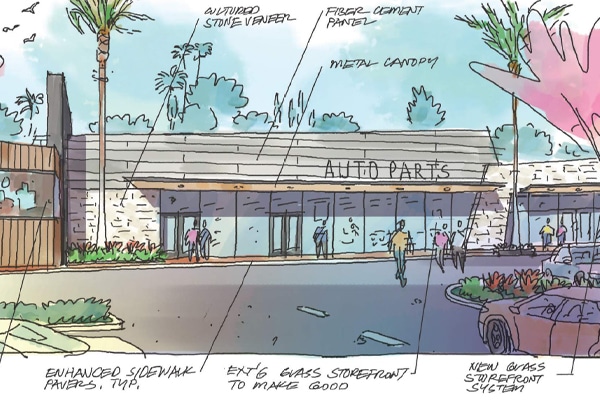
The New ROI: Revitalization Over Replacement
Rather than waiting for retail to “bounce back,” the most proactive investors are reframing their portfolios. By repositioning underutilized assets into adaptive reuse retail centers, they’re not just preserving value, they’re building it. These projects often benefit from faster timelines, higher tenant retention, and stronger community alignment.
Partner With a Proven Redevelopment Team
Understanding how to adapt your retail real estate to a changing economic landscape is essential. Whether you’re working with a regional shopping center or a neighborhood strip center, a clear adaptive reuse strategy can turn your underperforming asset into a success story.
At West Hive Capital, we specialize in turning concepts into results. From initial strategy and underwriting through construction and leasing, our team brings over a decade of experience revitalizing shopping centers across the country.
Interested in transforming your asset? Let’s talk about how we can help you unlock the full potential of your property through adaptive reuse!

